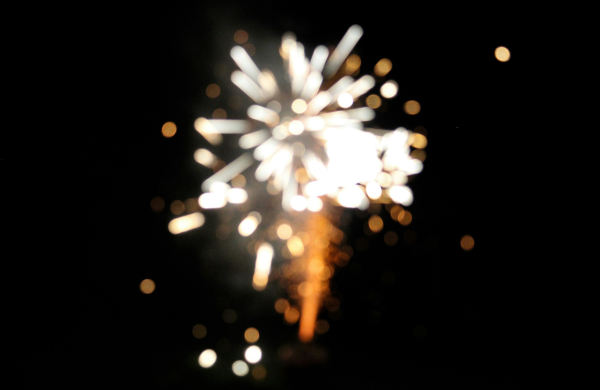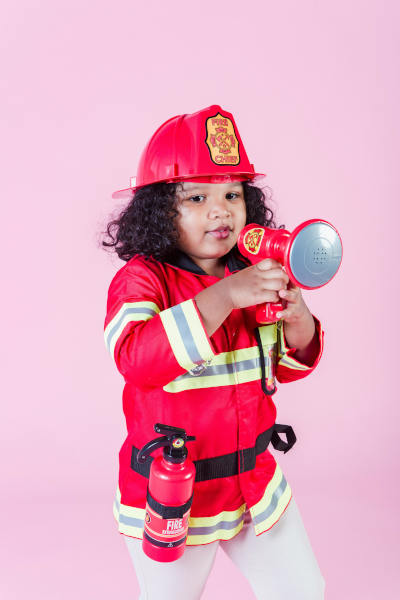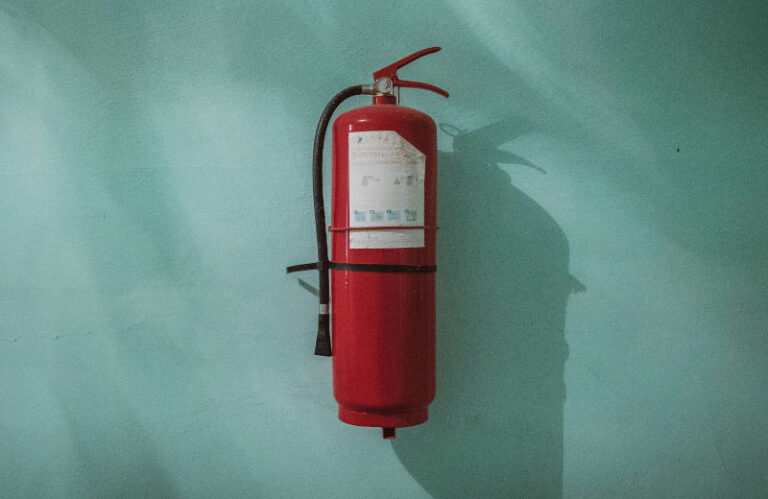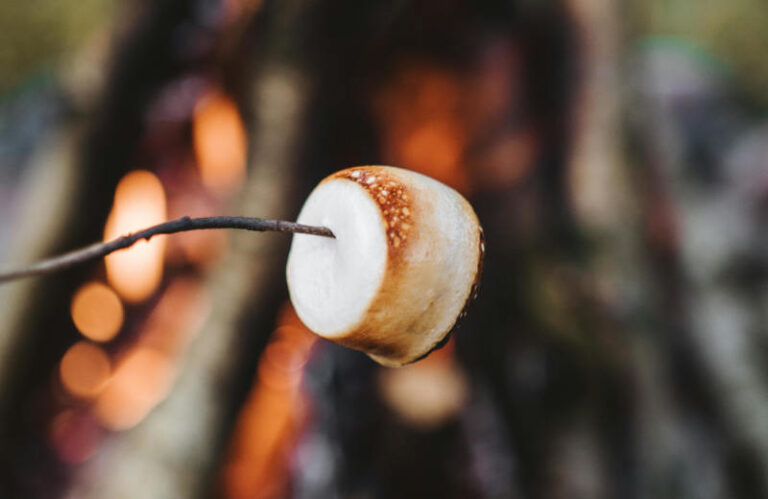Bonfire Night, or Guy Fawkes Night, provides an exciting opportunity for EYFS practitioners to engage children with fun, educational, and sensory-rich activities.
These activities not only help children understand the significance of Bonfire Night, but also support key areas of learning in line with the EYFS framework.
Below is a list of Bonfire Night activities for EYFS that encourage creativity, fine motor development, and language skills while ensuring children enjoy this traditional UK celebration in a safe and engaging way.
Blossom’s Recommended Bonfire Night Activities for Early Years:
1. Firework Art with Chalk and Paint
Fireworks are a central part of Bonfire Night, and creating firework art is a wonderful way for children to explore colours, shapes, and patterns. Provide black paper, chalk, and paint, and let children experiment with creating firework-like patterns.

You can also use glitter and sponges to mimic the sparkling and bursting effects of fireworks. This activity enhances creativity, fine motor skills, and colour recognition.
EYFS Areas of Development:
- Expressive Arts and Design (Creating with Materials)
- Physical Development (Fine Motor Skills)
- Communication and Language (Speaking)
2. 'Bonfire' Sensory Play
For obvious reasons, you can’t have kids playing with fire. Create a ‘bonfire’ sensory bin using red, yellow, and orange tissue paper to represent flames, combined with brown fabric or foam logs to mimic a bonfire. You can include small items like pinecones, sticks, and toy marshmallows for children to “toast.”
This activity stimulates sensory development, encourages imaginative play, and promotes fine motor skills as children manipulate the materials.
EYFS Areas of Development:
- Physical Development (Fine Motor Skills)
- Communication and Language (Speaking)
3. Bonfire Night Story Time
Read stories related to Bonfire Night or fireworks, such as Hovis the Hedgehog by Lynda Leigh-Crawford, to introduce children to the tradition. Without perhaps going into what happened to Guy Fawkes in real life!
After the story, engage the children in discussions about fireworks, safety, and the historical background of Bonfire Night.
This activity supports listening, comprehension, and language development while reinforcing the meaning behind the celebration.
EYFS Areas of Development:
- Literacy (Comprehension, Word Reading)
- Communication and Language (Speaking)
- Understanding the World (People, Culture and Communities)
4. Pretend Bonfire Role Play
Set up a pretend bonfire area in your classroom using safe, child-friendly materials like the sensory bin above. Provide marshmallow props (made from cotton balls and sticks) and let children role-play “camping” around the bonfire.
You can extend this activity by singing campfire songs or telling stories around the “fire,” promoting social interaction and communication skills. You can also cover fire safety procedures (like firework safety below).

EYFS Areas of Development:
- Personal, Social, and Emotional Development (Building Relationships)
- Communication and Language (Speaking)
- Expressive Arts and Design (Creating with Materials)
5. Firework Safety Discussion
Bonfire Night is an excellent time to introduce basic safety concepts, especially around fireworks. Organise a short discussion about firework safety, focusing on staying safe around fires and fireworks. Use visuals like posters and simple videos to make the topic accessible to young children.

This activity fosters understanding of personal safety and promotes early awareness of hazards in the environment.
EYFS Areas of Development:
- Personal, Social, and Emotional Development (Managing Self)
- Communication and Language (Listening, Attention and Understanding)
6. Firework Sound Exploration
Fireworks make a variety of loud, exciting sounds. Explore this with your EYFS class by playing recordings of fireworks and encouraging children to describe the sounds they hear, such as “bang,” “whizz,” or “pop.”
You can also make your own firework sounds using percussion instruments like drums, shakers, or tambourines. This activity supports auditory development and expands vocabulary.
EYFS Areas of Development:
- Communication and Language (Speaking)
- Expressive Arts and Design (Being Imaginative and Expressive)
7. Bonfire Night Collage
Encourage children to create a Bonfire Night collage using a variety of textured materials, such as tissue paper, felt, and cotton wool. They can create bonfire scenes with flames, fireworks, and even Guy Fawkes effigies should you choose to explore that tradition.
This activity promotes creativity, artistic expression, and fine motor skills as children cut, stick, and arrange materials.
EYFS Areas of Development:
- Expressive Arts and Design (Creating with Materials)
- Physical Development (Fine Motor Skills)
- Communication and Language (Speaking)
8. Pretend Marshmallow 'Toasting'
Set up a pretend marshmallow ‘toasting’ activity to give children the experience of toasting marshmallows safely. If using real marshmallows, ensure that safety measures are in place and supervise the activity closely.

Alternatively, use cotton balls as pretend marshmallows to role-play the toasting experience. This activity supports social interaction and fine motor skills, while also introducing concepts of heat and safety.
EYFS Areas of Development:
- Physical Development (Fine Motor Skills)
- Personal, Social, and Emotional Development (teamwork, turn-taking)
- Understanding the World (safety around heat)
Incorporating Bonfire Night activities for EYFS is a fantastic way to engage children in fun and educational experiences while celebrating this traditional UK event.
From sensory play and creative crafts to story time and discussions on firework safety, these activities promote key areas of development, including language, fine motor skills, and understanding of the world.
For more brilliant EYFS activities, check out our Ultimate guide to EYFS activities blog post and easily cover the seven areas of learning and development!